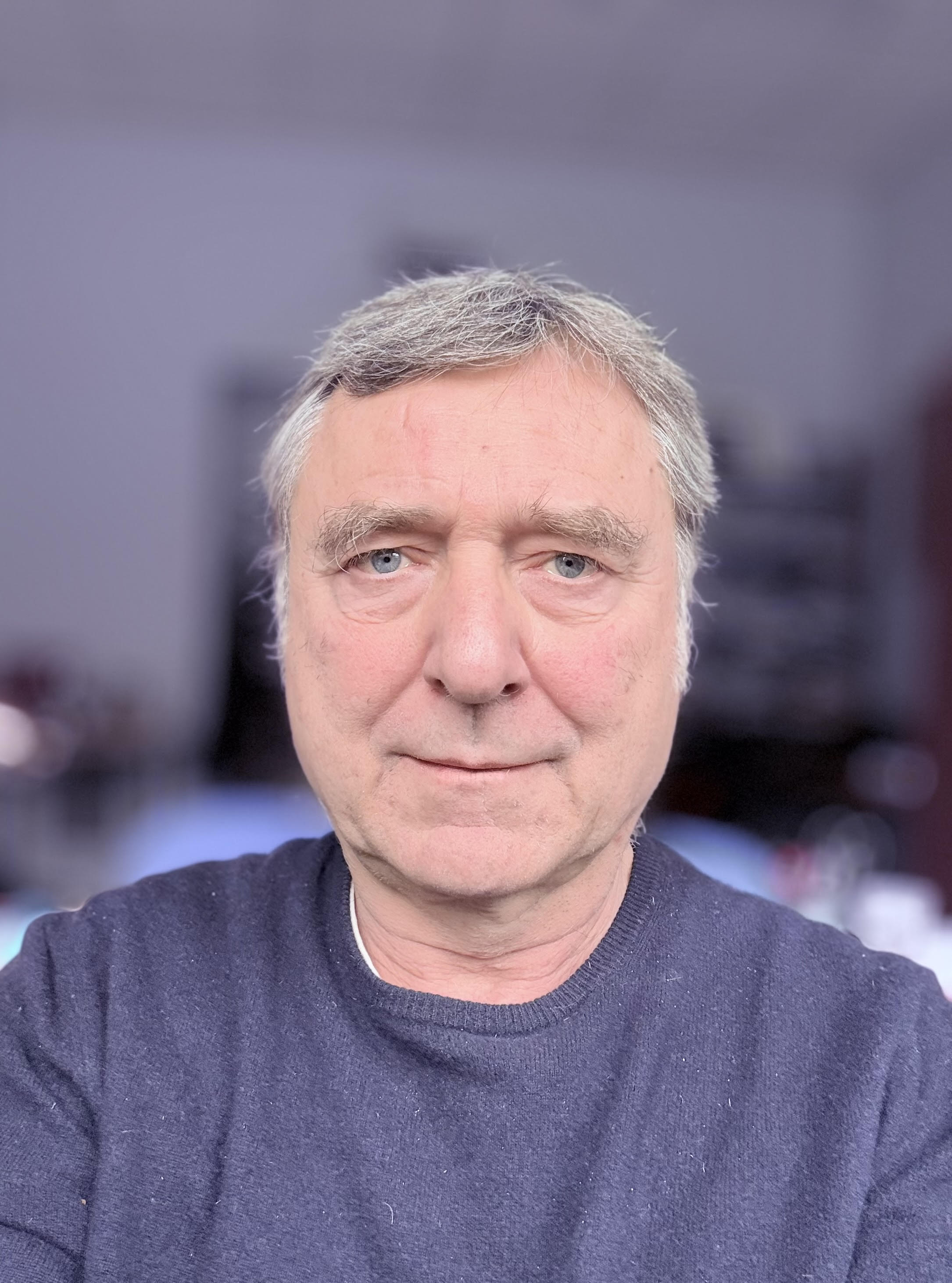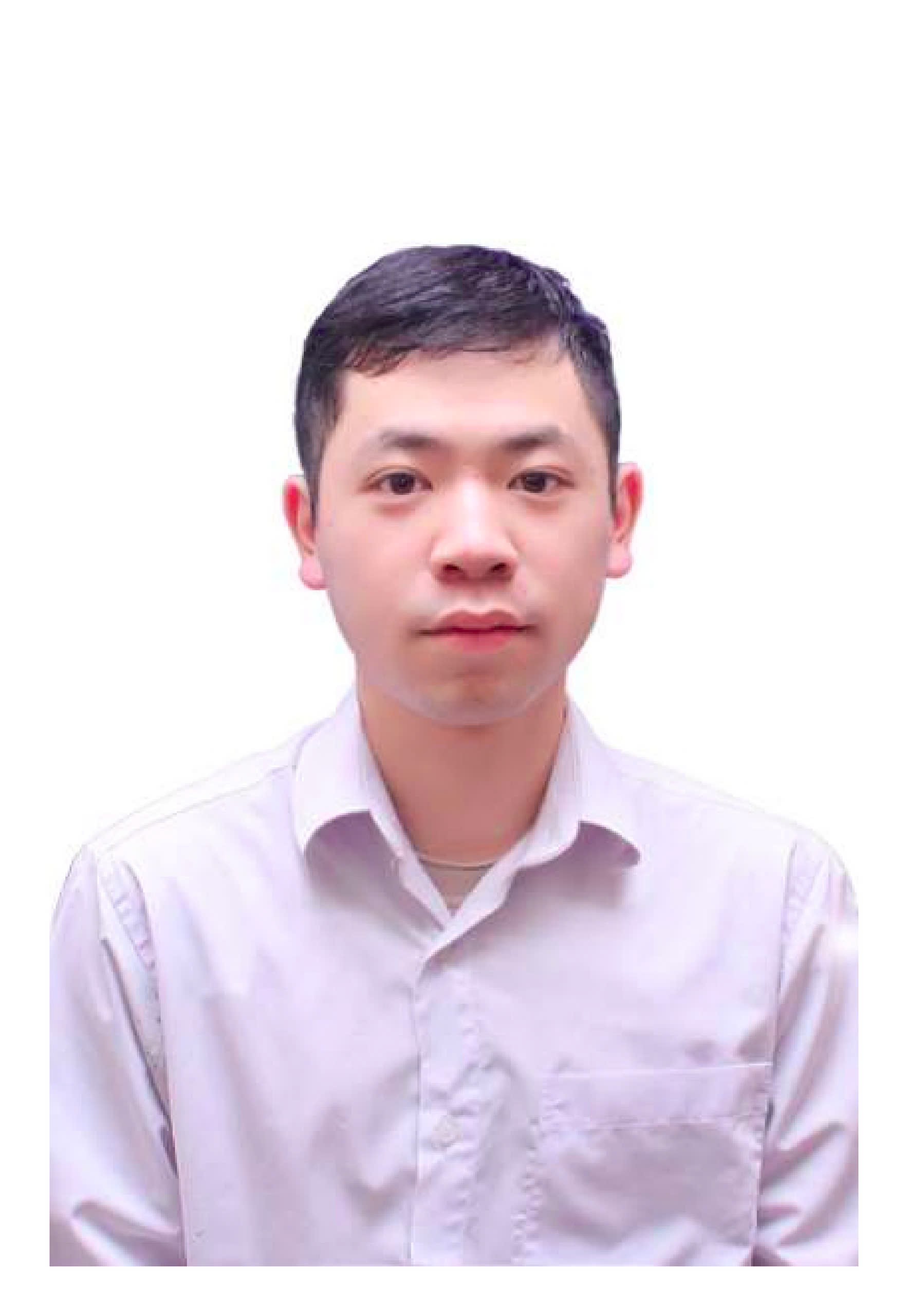Giảng viên: GS. Roger Lewandowski, Trường Đại học Rennes, Pháp
 |
Giáo sư Roger Lewandowski hiện đang công tác tại Đại học Rennes, Pháp. Ông đã làm việc ở đây từ năm 1999 ở vị trí giáo sư. Trước đó Ông đã bảo vệ luận án tiến sĩ và HDR lần lượt vào các năm 1990 và 1997, đều ở Đại học Paris VI, Pháp. Ngoài ra, Ông cũng đã công tác ở trường Đại học sư phạm Paris (École normale supérieure-Paris) Pháp, như là một giáo sư bậc một (assistant professor) từ 1990 đến 1991 và Ông là phó giáo sư ở Đại học Paris X, Pháp từ 1991-1999. Hướng nghiên cứu chính của Giáo sư là các bài toán trong Cơ học chất lỏng, các khía cạnh Toán học cho các mô hình miêu tả sự hỗn loạn của chất lỏng, và một vài khía cạnh về giải tích số cho các bài toán miêu tả các dòng chảy đại dương. Để biết thêm thông tin, xin vui lòng xem tại trang cá nhân của Giáo sư Roger Lewandowski tại https://perso.univ-rennes1.fr/roger.lewandowski/ - Title: Modeling and analysis of some turbulence models - Abstract: See the attached file |
Giảng viên: TS. Vũ Anh Tuấn, Đại học Bách khoa Hà Nội, Việt Nam
 |
Tiến sĩ Vũ Anh Tuấn hiện là một giảng viên tại Đại học Bách Khoa Hà Nội. Trước đó tiến sĩ Tuấn đã bảo vệ luận án tiến sĩ tại Đại học Aix-Marseille vào năm 2023. Sau đó tiến sĨ Tuấn cũng tiếp tục công tác tại đây một thời gian, trước khi về giảng dạy tại Đại học Bách Khoa Hà Nội từ đầu năm 2025. Hướng nghiên cứu chính của tiến sĩ Tuấn là về các phương trình đạo hàm riêng trong lý thuyết động lực học và cơ học chất lỏng. Ngoài ra tiến sĩ Tuấn cũng quan tâm đến các phương pháp giải tích số tương ứng với hướng nghiên cứu lý thuyết. Để biết thêm thông tin, xin vui lòng xem tại trang cá nhân của tiến sĩ Tuấn tại https://sites.google.com/view/anhtuanvupt95 - Title: An Introduction to the Kinetic Theory of Plasma Physics and the Vlasov Equation - Abstract: Kinetic theory is a branch of statistical physics that describes the collective behavior of many-particle systems. Kinetic theory was formalized through the work of Boltzmann and Maxwell at the end of the 19th century, building on earlier research in the thermodynamics of gases. The general idea behind the methodology of Kinetic Theory is as follows: many important physical systems consist of a large number of identical particles. We will focus on systems in which the microscopic behavior is governed by Newton's equations with pair interaction potentials. Due to the large number of particles, instead of studying the detailed microscopic description, we are interested in the collective behavior of the system, which arises on much larger space and time scales than those characterizing the microscopic dynamics. On such macroscopic scales, the system appears simpler and can usually be described by partial differential equations that provide a reduced picture for which the mathematical analysis is more feasible. This course aims to provide an introductory overview of various mathematical models for plasma processes and to explore some fundamental mathematical properties of the Vlasov equation. |
